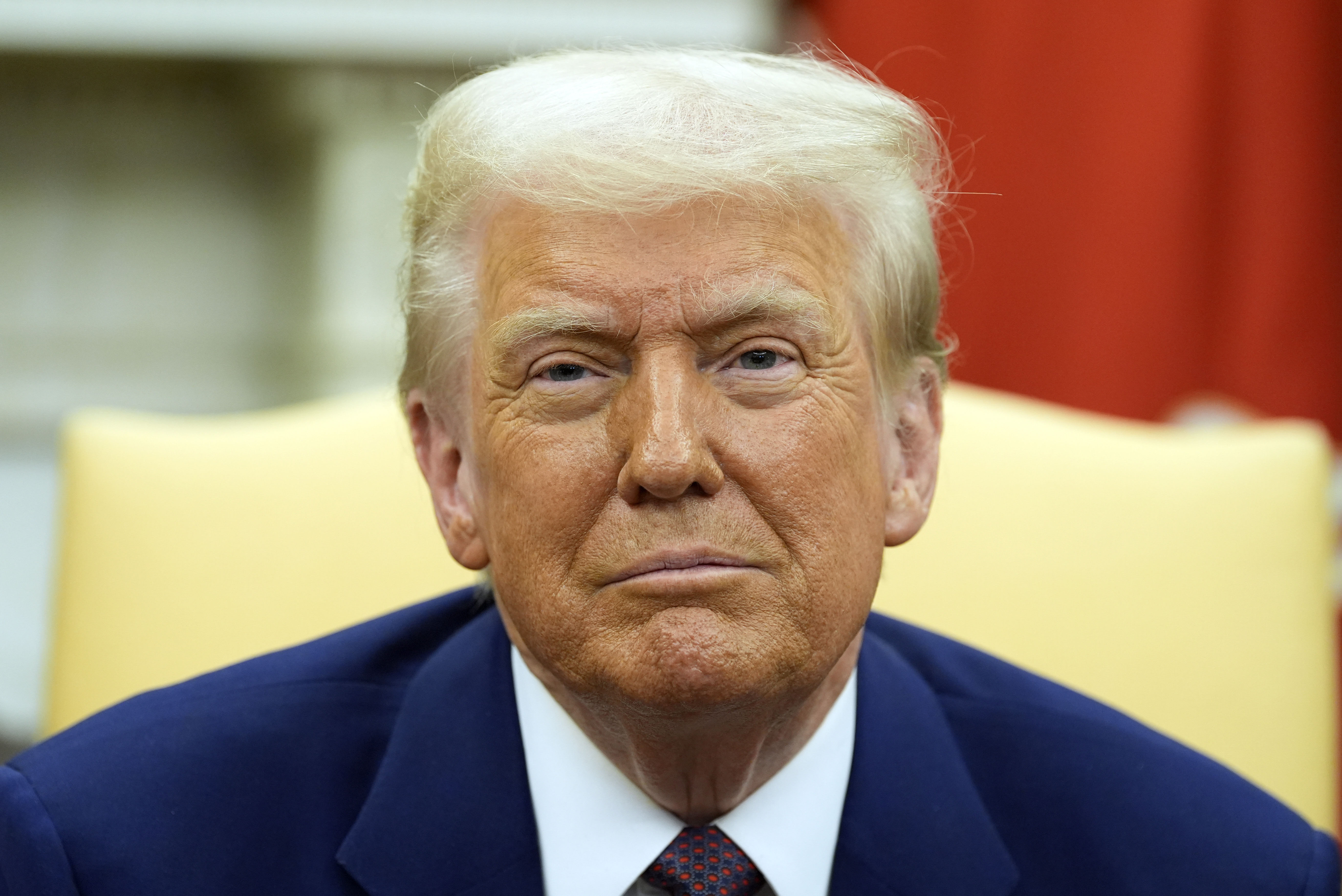Trump's Administration: Reshaping the Federal Workforce
Drastic personnel changes unfold as Trump's administration seeks to transform federal operations. Amidst sweeping layoffs, employees face uncertainty and mixed responses emerge.
Published February 15, 2025 - 00:02am

Image recovered from deccanchronicle.com
The Trump administration is undertaking a sweeping overhaul of the federal workforce, resulting in the termination of numerous probationary government workers in an effort to curtail government spending. In a move announced by the Office of Personnel Management (OPM), the administration has targeted employees who generally have less than a year on the job. This marks a significant shift in federal employment policy, raising concerns over both the short-term and long-term implications for the government structure and its workforce.
Various federal agencies have received notification that substantial layoffs are forthcoming, affecting departments such as Education, the Small Business Administration (SBA), and the General Services Administration (GSA). The mass layoffs, which have political and economic ramifications, are intended to transform the size and efficiency of the federal government to align with the Trump administration's goals of reducing what it perceives as waste and misuse of resources.
President Trump's strategic decision to partner with Elon Musk and his Department of Government Efficiency (DOGE) highlights a significant collaboration aimed at reshaping government efficacy. Despite these moves, there remains considerable pushback from federal employees, unions, and political figures across the board. Critics argue that these firings could potentially undermine the functionality and effectiveness of essential government services.
The layoffs have created a sense of panic and uncertainty among federal workers, particularly those who are still in their probationary period. Many have expressed concerns over the abrupt nature of the dismissals and their future employment prospects. The American Federation of Government Employees (AFGE) condemns the layoffs, viewing them as politically motivated rather than performance-based decisions. AFGE President Everett Kelley argues that the actions of the administration serve more to consolidate power and press agencies into compliance rather than legitimately addressing issues of efficiency and competence.
Amidst these developments, the rhetoric from the Trump administration centers on the need for a leaner government that minimizes bureaucratic overhead. Trump asserts that many federal roles have become redundant and are a strain on the taxpayer. This move comes as part of a broader vision to streamline federal operations, improve fiscal responsibility, and redirect efforts toward meeting the administration's strategic objectives.
In particular, the Department of Education has been a focal point of these changes, with Trump consistently advocating for its downsizing or complete elimination. This reflects his broader ideological stance on the role of education in federal governance. Letters received by employees suggest that their continuation in these roles does not align with the public interest or the current demands of governmental agencies.
Market reactions to these developments remain mixed as investors and analysts weigh the potential impacts of such government reforms on economic stability and growth. Some support the administration's efforts to cut back on federal expenditures and reduce what they see as unnecessary functions. Others, however, fear the destabilizing effects these abrupt changes could have on employee morale and the overall performance of crucial public-sector functions.
As the narrative unfolds, the Trump administration's initiative presents a controversial yet pivotal moment in the history of federal employment and governance in the United States. While proponents champion it as a necessary realignment towards efficiency, detractors caution against the risks of significantly weakening institutional structures. The coming months will likely reveal more about the balance between fiscal savings and the provision of robust governmental services.
The long-term consequences of these employment policies, both for the public sector and the political landscape, remain to be seen. What stands clear is that the Trump administration's actions have set in motion a significant transformation of the federal government, one that will likely echo through subsequent administrations, shaping policy debates and governance structures for years to come.




